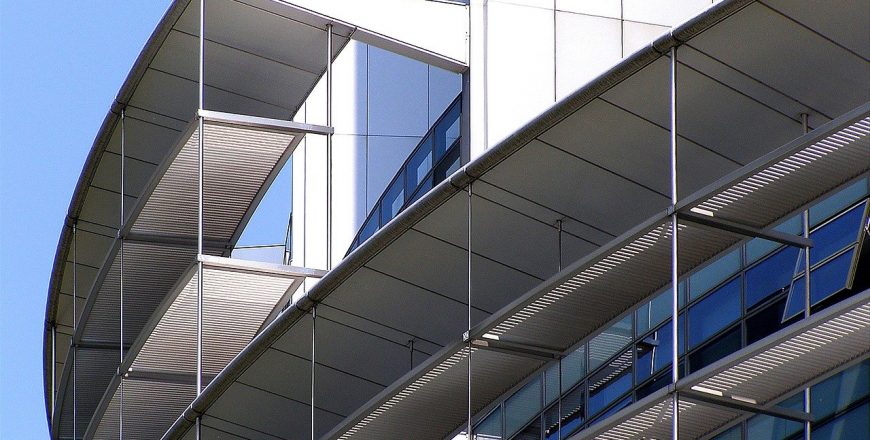
What Is Electroforming Used For?
Different types of electroforming methods exist:
Electroforming encompasses two primary techniques: electroplating and extrusion, with the latter being the more commonly employed method in contemporary applications.
Electroplating involves the deposition of a hard metal layer or adhesive coating on the surface of the plate’s die. An electrical current is then applied to the plate, which, in conjunction with a heating element, results in the transfer of the heated metal layer from the plate onto the plate’s reverse side. When the electrode is removed from the plate, the adhesive is removed, and the plate lies flat like a sheet of paper.
Extrusion, on the other hand, requires pre-processing of the metal before its application to the plate. This method offers an alternative approach to electroforming.
In addition to electroplating and extrusion, other electroforming methods include vacuum deposition, selective electrodeposition, and reactive electrodeposition, among others.
Within specific industries, electroforming serves as a technique for electroplating by injecting liquid metal into the metal part before its surface application. This method plays a crucial role in altering the mechanical properties of metals with varying oxidation states, offering versatility and adaptability to diverse applications in material transformation.
It is worth noting that Electrodes From Sentek or similar companies are integral to these electroforming processes, facilitating the controlled deposition of material layers and the modification of metal properties.
Industrial Applications
In the electronics industry, electroforming is employed to manufacture precision parts like connectors and microelectromechanical systems (MEMS). The aerospace sector utilizes this process for crafting lightweight yet robust components critical for aircraft and spacecraft. In jewelry manufacturing, electroforming enables the creation of intricate and delicate metal designs. The medical field benefits from electroforming in the production of implants and specialized surgical tools.
The key to successful electroforming lies in the careful control of the electroplating process, where factors such as current density, bath composition, and temperature play crucial roles. To that end, graphite electrodes, known for their excellent conductivity and durability, are integral to this process, facilitating efficient metal deposition and ensuring the quality of the final electroformed products.
Electroforming Of Aluminum Parts
The stainless steel plate that is being electroformed is coated with stainless steel powder, then plates containing the same powder get sprayed with an oxidizing solvent. The solvent makes the stainless steel powder hydrophobic. The aluminum is added and then plates get loaded into the electroformer. The electroforming takes place at 190 C in a gas environment (in fact, it’s the high gas temperature that makes the powder hydrophobic).
Because aluminum has such low oxidation states, it oxidizes and becomes carbonized, forming a carbon spot on the aluminum surface. Then the aluminum starts to reduce in value (this is called plating) and the aluminum is dissolved by the electric field. This is called electroplating.
Why Use Electroplating?
This can be used For Siding Systems, forming part of electroplating services usually forming part of a specialist supply chain synonymous with very specific lines of business. The process is highly automated and requires no manual intervention from the designer, the installer, or the customer.
The parts will be left alone after the part was electroformed a sticker is placed on the part that says it has been electroformed, and the installation materials have been filled with an additive that holds the coating. A little wire is attached to the plate and a corresponding wire goes to a reel that holds the aluminum wire.
The whole setup is plugged into the wall socket where electricity is produced. The electrical current comes through the filament and the aluminum and makes the coating adhere to the aluminum, creating a strong bond. Then when the aluminum parts come off, the sticker is peeled off that part is grounded, and the aluminum bond is broken and the aluminum is removed from the plate.
A few materials are not recommended to use in electroforming:
Hard rubber. If the materials have a carbon substrate, the coating will adhere to the hard rubber substrate, making it impossible to remove without leaving a substantial bond.
Glass fibers. If the glass fibers come in direct contact with any type of metal, the coating will adhere to the glass.
The material you pick for siding has a big impact on the performance of the electroforming process. Glass fibers are made from synthetic resins (the glass-filled plastics).
